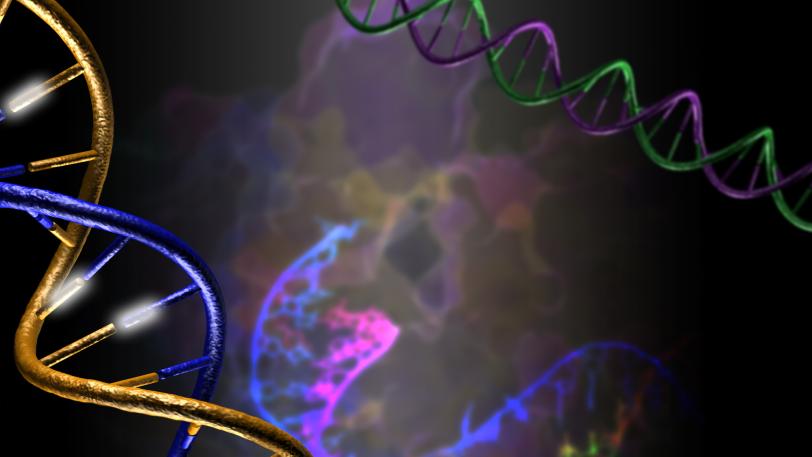Perhaps the most significant event in intellectual history has occurred over the past several decades, a convergence of the sciences, a blurring of the distinctions between disciplines, from physics to chemistry to biology. Fundamental questions about human existence have been answered in chemical terms. What brings matter to life? What are our origins? What is the basis of cognitive activity? These and related questions have been a fertile area for philosophy and nonscientific analysis. The long history of such alternative approaches persists to this day.
Life chemistry is explained by protein catalysts, in their simplest form known as enzymes, and in their full complexity, referred to as molecular machines. An example of great significance is the so-called transcription machinery, which reads out the genetic code, to direct the formation and function of all living things. The atomic structure of the transcription machinery was determined at Stanford, with the use of intense X-ray beams and facilities at the Stanford Synchrotron Radiation Laboratory at SLAC. The result is an image of this complex machinery in action, bringing genetic information to life.
Past
Event
From Atoms to Animals: The Vital Force in Biology
Presented by Roger Kornberg
About Roger Kornberg
Roger David Kornberg is an American biochemist and professor of structural biology at Stanford University School of Medicine. Kornberg was awarded the Nobel Prize in Chemistry in 2006 "for his studies of the molecular basis of eukaryotic transcription" which explains the process by which genetic information from DNA is copied to RNA.[1][2] His father, Arthur Kornberg, who was also a professor at Stanford University, was awarded the Nobel Prize in Medicine in 1959. He also holds an honorary doctorate from Umea University in Sweden.
Past
Event
From Atoms to Animals: The Vital Force in Biology
Presented by Roger Kornberg
Public Lectures

From Atoms to Animals: The Vital Force in Biology
February 26, 2008
SLAC National Accelerator Laboratory
Tuesday, February 26, 2008
11:30 a.m.–12:30 p.m. PST
11:30 a.m.–12:30 p.m. PST